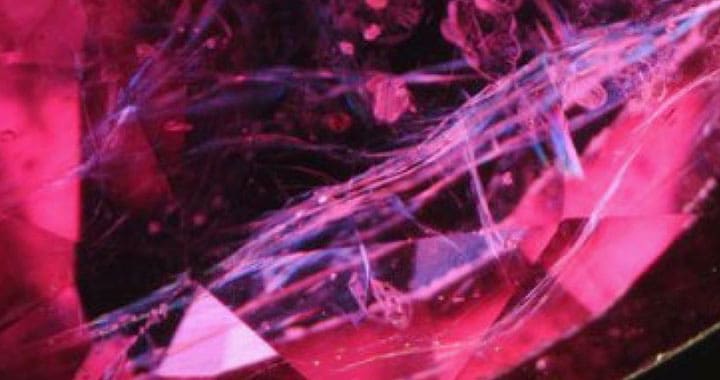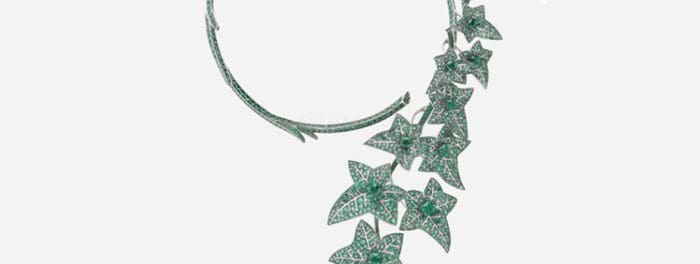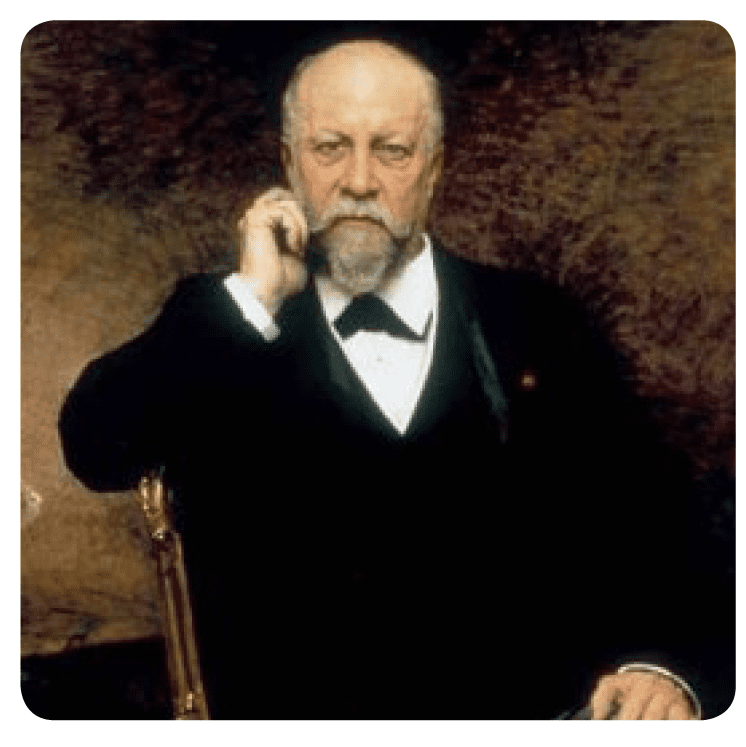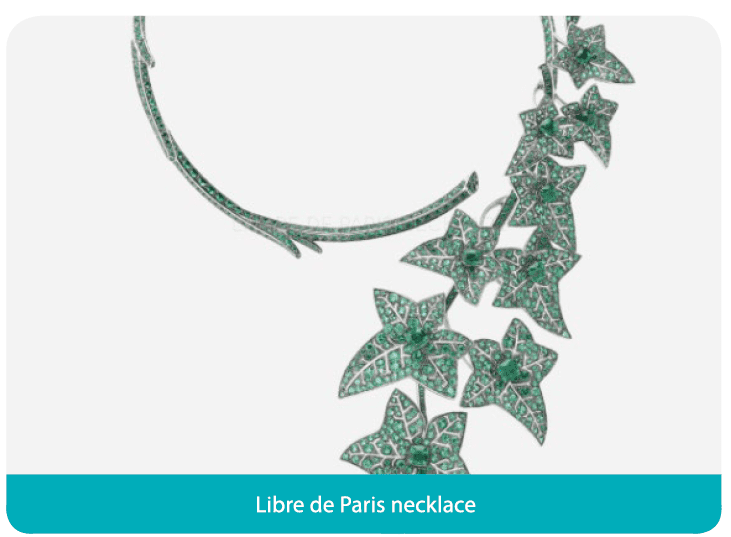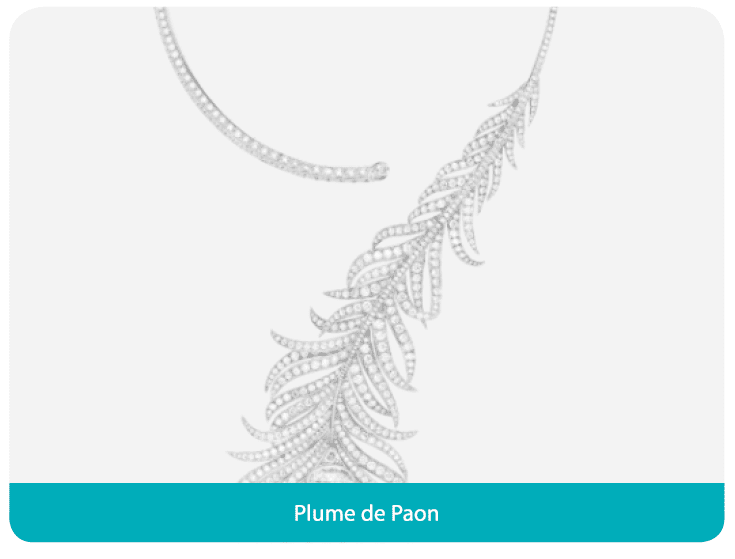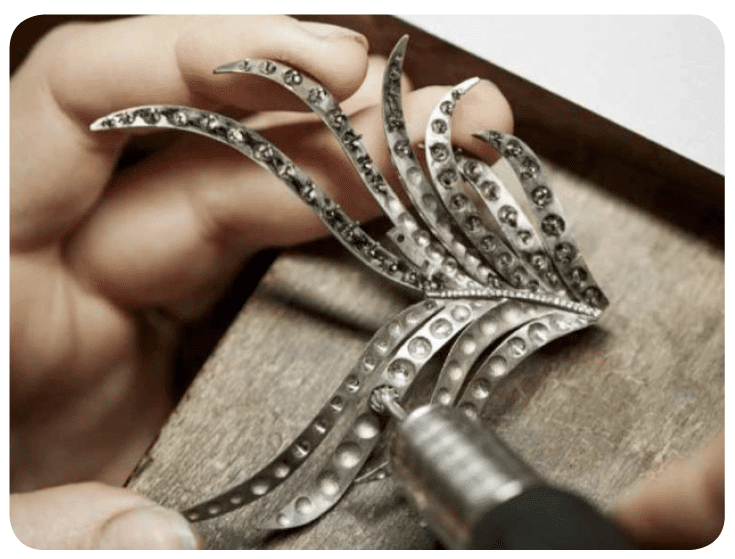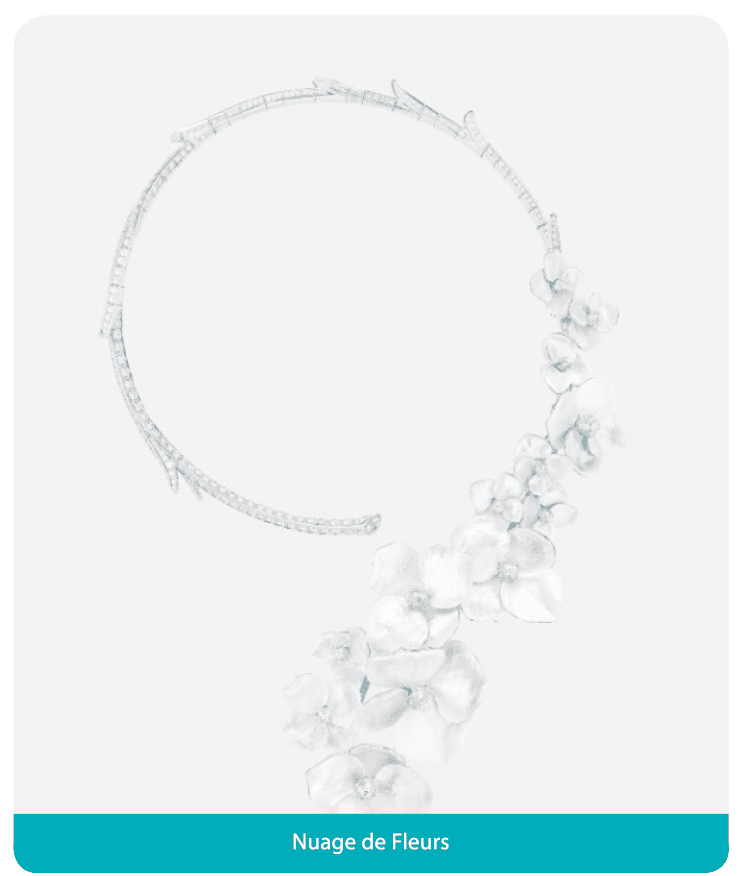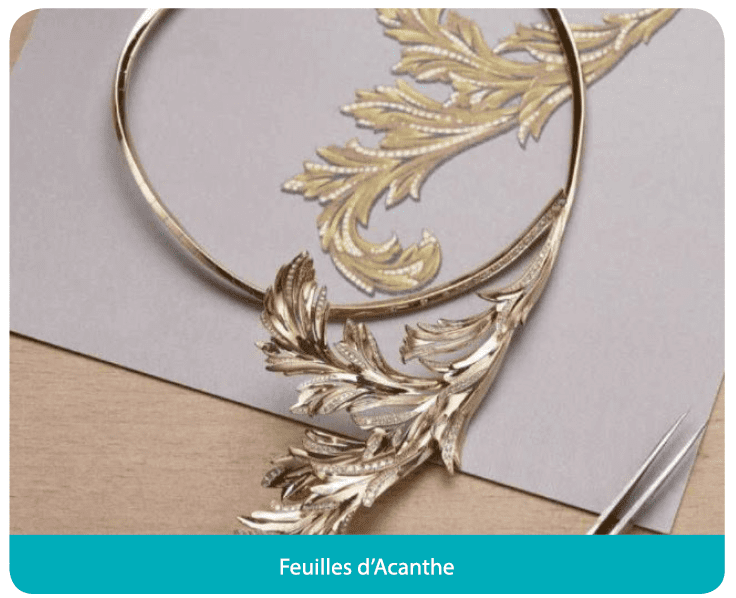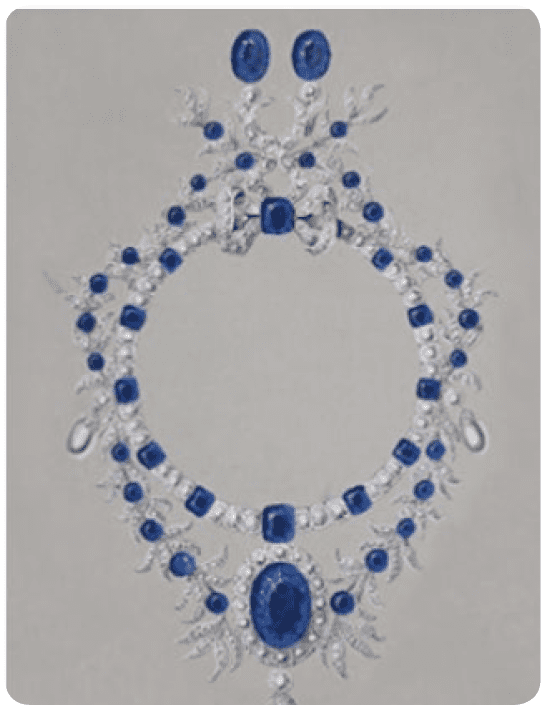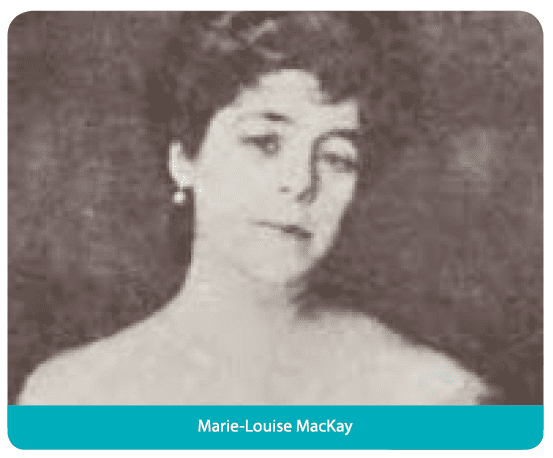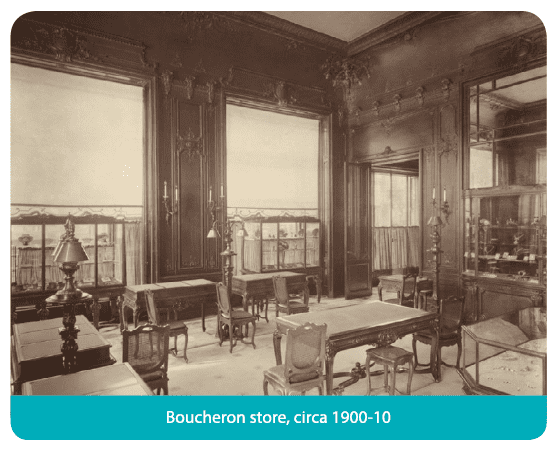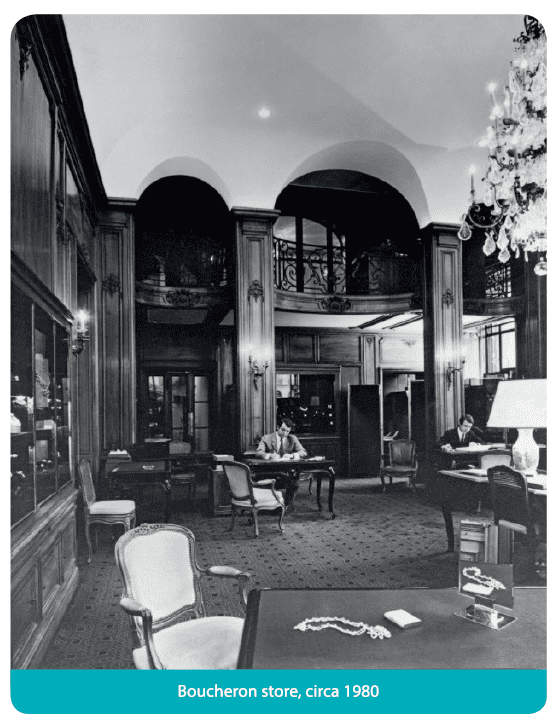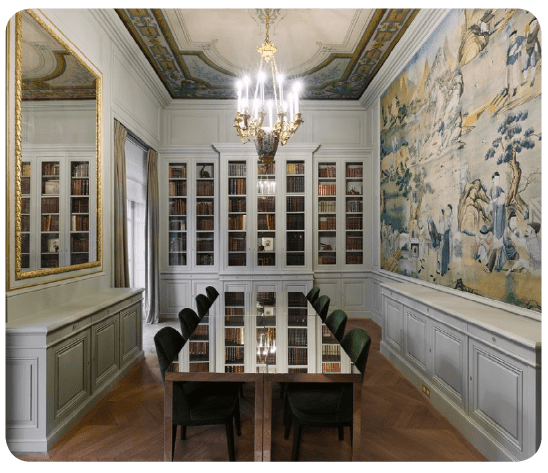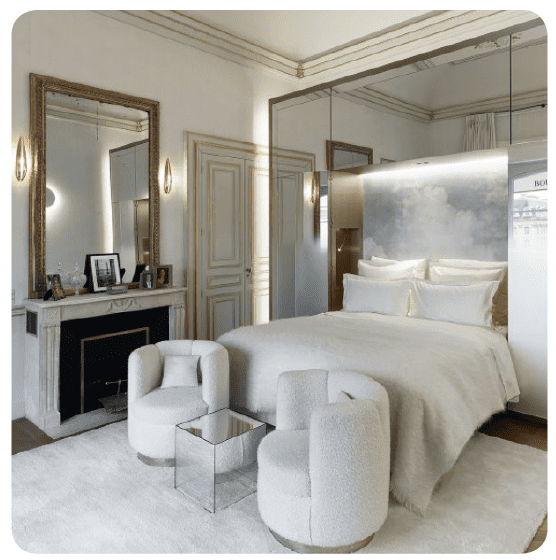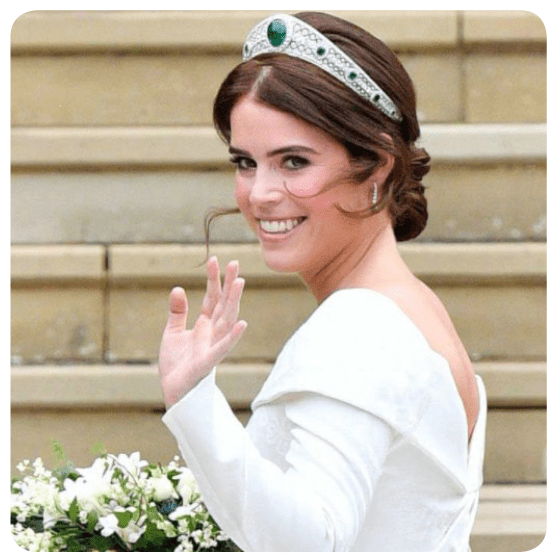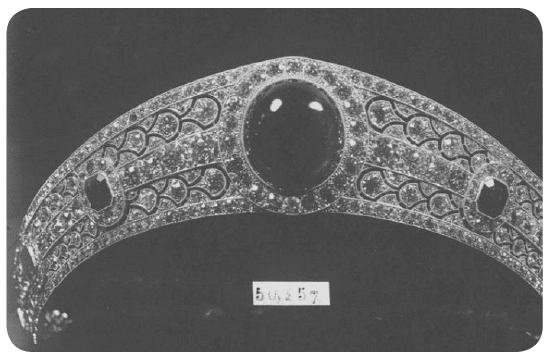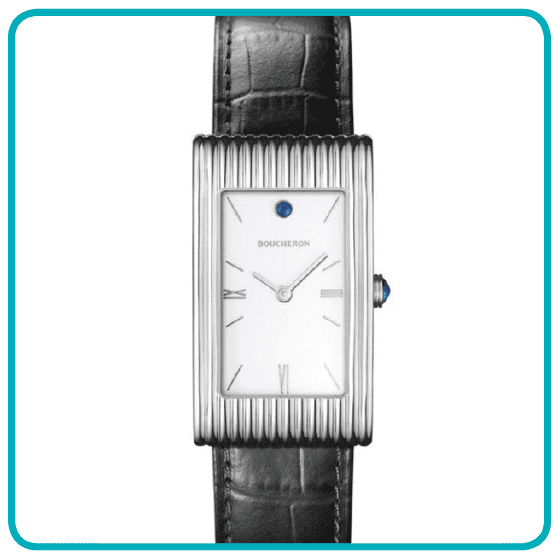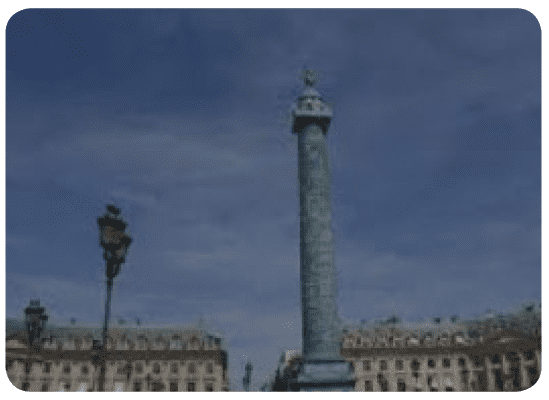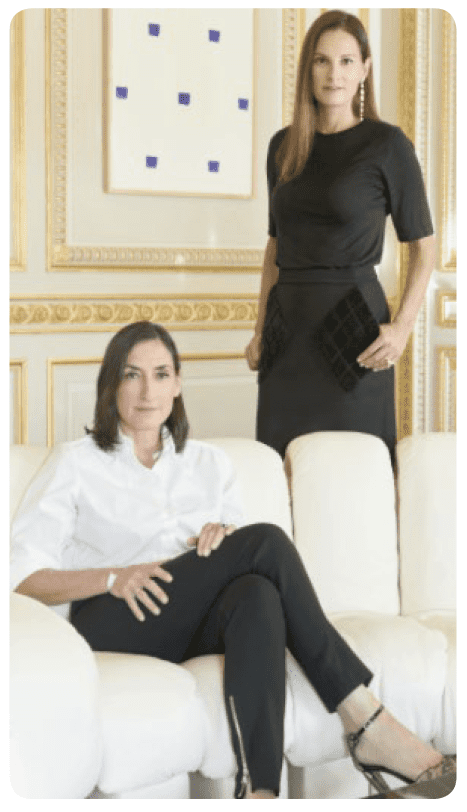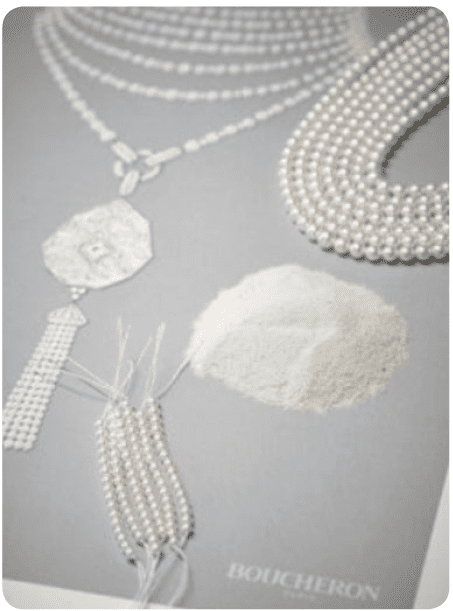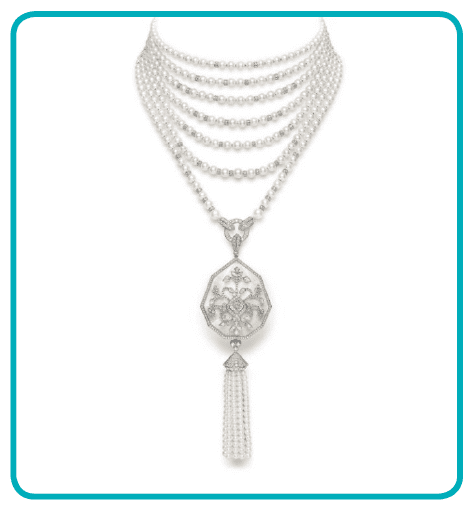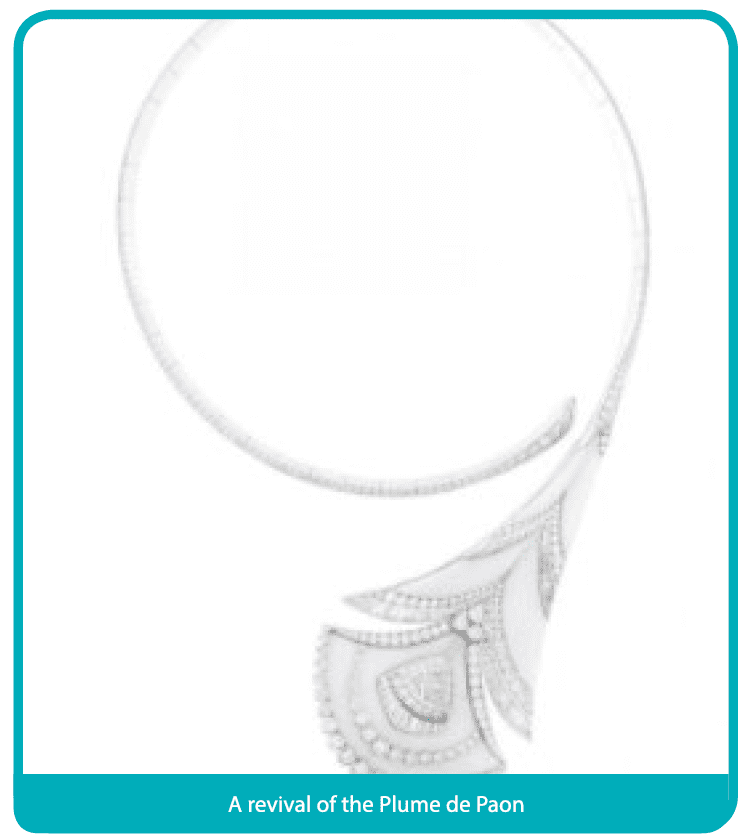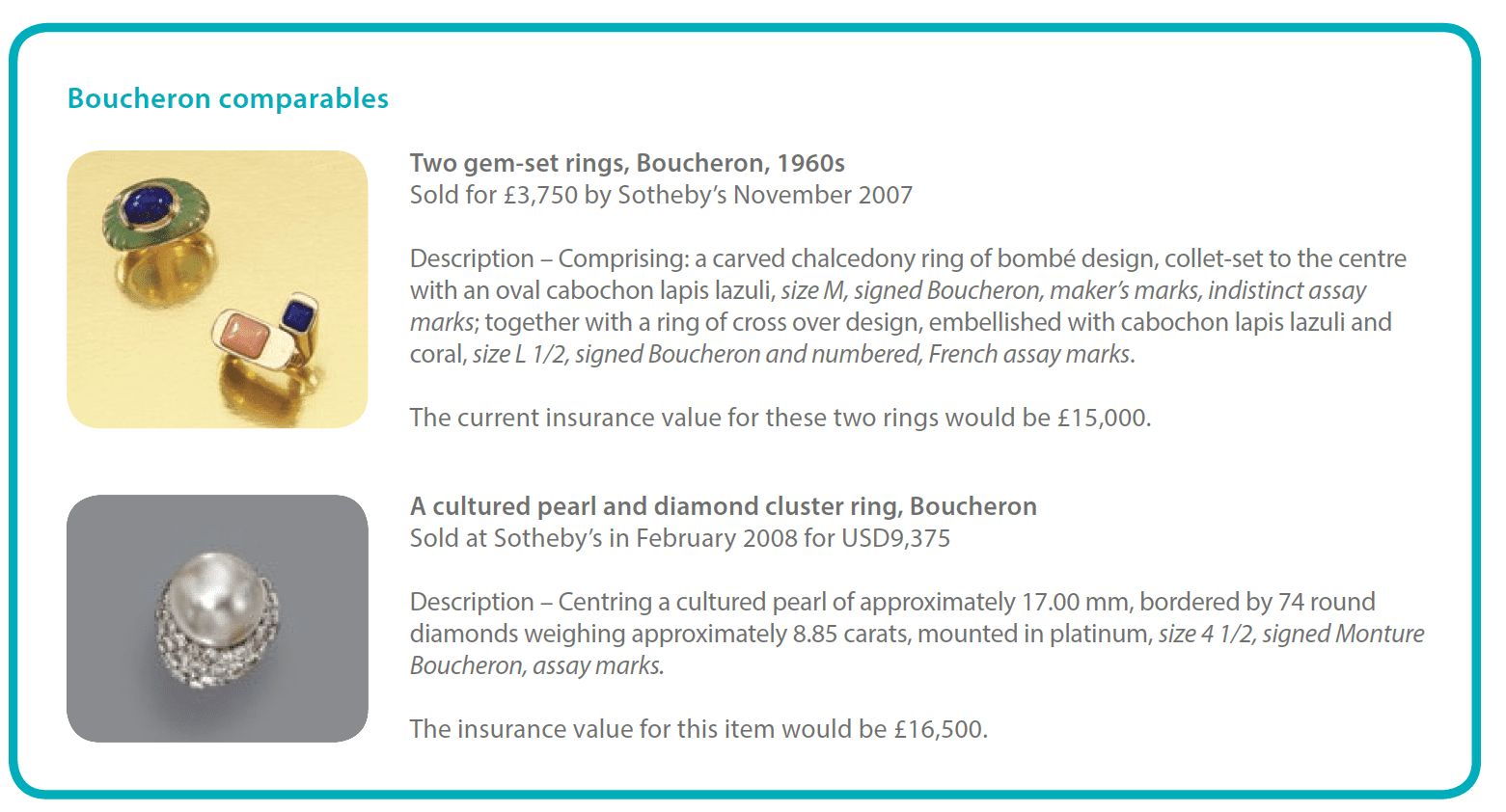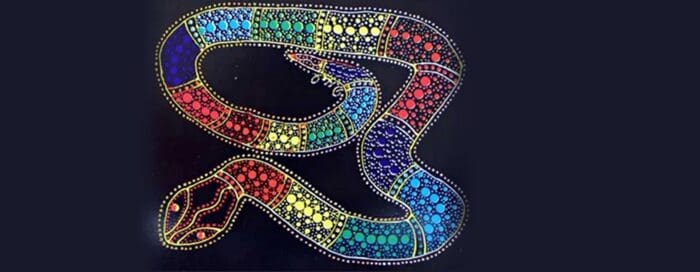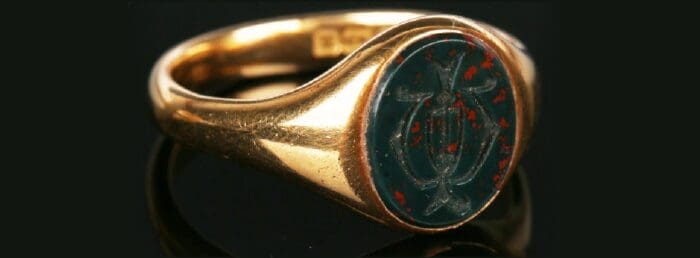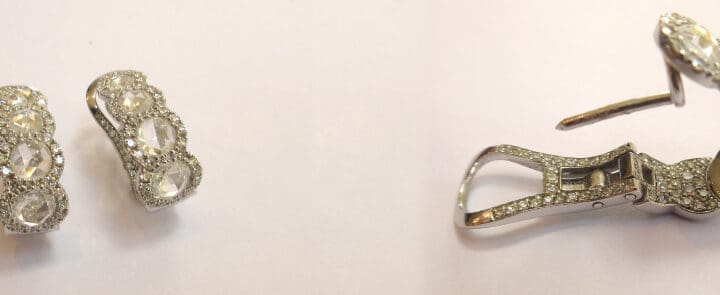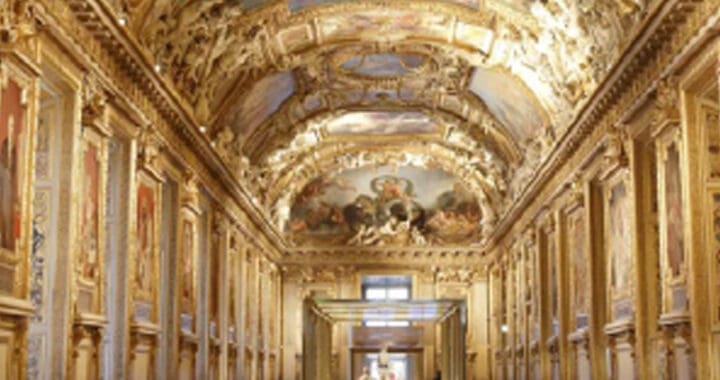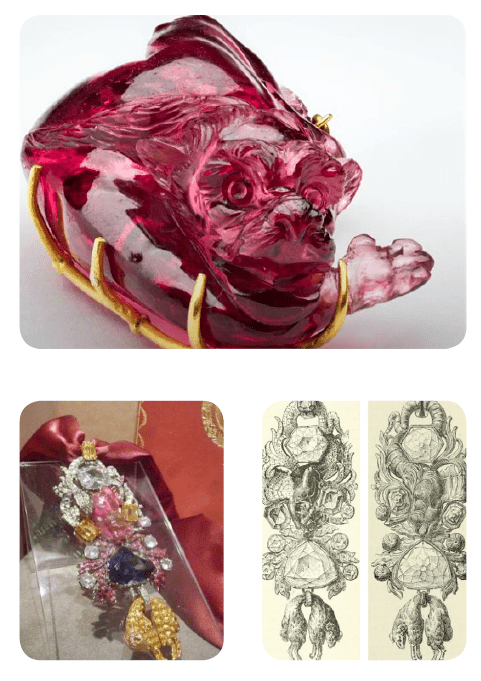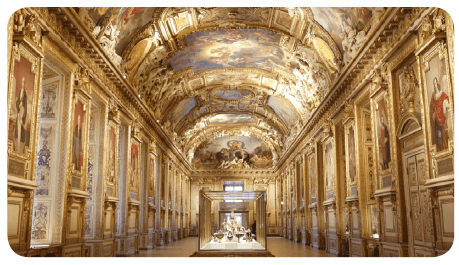Boucheron, a brief history
The luxurious brand’s story starts when Frédéric Boucheron became an apprentice jeweller to Jules Chaise at the young age of 14 in 1844. Descendant from a family of drapers, he seemed to already have a thorough understanding of how to work with delicate fabrics like silk and lace.
He opened his first boutique in 1858 at Palais Royal, in Paris, next to the Louvre. A decade later, he won gold medal at the Exposition Universelle. He partnered with Paul Legrand for several years as chief designer. During their collaboration, Boucheron won the Grand Prix for Outstanding Innovation in a jewellery collection in 1889.
After winning this prize, Frédéric Boucheron opened the first boutique in 1893, Place Vendome in the heart of Paris. He was the first jeweller to take up space in this exquisite location, at n.26 where it is said that it was the sunniest part of the square and “the diamonds would sparkle all the more brilliantly”.
In 1900 he was awarded the Légion d’Honneur for his display at the Exposition Universelle, encapsulating the Art Nouveau style. He died two years later and left the Maison to his son Louis.

Outstanding and Unique Innovation
In 1879, Boucheron created a clasp-less necklace, named the “Point d’Interrogation” (the question mark). It was the first time a jeweller had created a piece of jewellery which women could place on themselves without any assistance if they so wished. Throughout the 164 years the Maison Boucheron has reinvented the style and adapted it to different styles with more or less foliate detail or a more contemporary look. It is its “stylistic approach, featuring asymmetry and curved lines” which make this necklace a signature piece for the jeweller, synonym of freedom and outstanding innovation.





Carat, 159 carat to be exact
Boucheron is synonymous of luxurious jewellery and “drapes” Royalty such as Queen Elizabeth II, Queen Rania of Jordan and some of the most famous women. One of these famous women of the 19th century was Marie-Louise MacKay, married to John MacKay who made his fortune through silver mining in the USA. She was intent on building one of the most important jewellery collections and Boucheron was her go-to jeweller. In 1878, Boucheron was entrusted with setting what was said to be the most beautiful Kashmir sapphire in the world, weighing 159 carats, of oval shape. It was valued at over Francs 700,000.


Hotel de Nocé


The Boucheron store is located in the grand Hotel de Nocé, built in 1717 and named after Charles de Nocé. The building has passed to numerous owners, including Jean-Baptiste-Francois Gigot d’Orcy, who had a passion for minerology. Sometimes the Hotel is called Hotel d’Orcy. The Hotel was home to some of the most famous people such as Marquis de la Baume, the “most expensive boot maker in the world” Yantorny and Countess Castiglione, also known as Virginia Oldoini, ex-mistress to Napoleon III. When Boucheron moved in to the building in 1893, “the most beautiful woman of her century” refused to move out until 1894. Two portraits of the Countess still look down on the boutique to this day.
Boucheron was the first jeweller to take up space on Place Vendome.
When Boucheron was bought in 2016 by the Kering group, they undertook a full restoration of the Hotel.
The façade of the building is listed which means that if Boucheron were to move out, it would be impossible for the new owners to make any changes. The inside was restored to its glorious state, with attention to detail such as Chinese wallpaper restored by Atelier Mériguet-Carrière.

With the renovation came the creation of hotel rooms, where guests come to spend a night within the Boucheron boutique at the heart of Paris.

Princess Eugenie
In 2018, on her wedding day, Princess Eugénie wore the Greville emerald and diamond tiara, initially created by Boucheron in 1900 and set with a 93.70 carat cabochon emerald, mounted in platinum.


The tiara in 1921 after modifications to include the centre emerald and a more geometric style, contemporary of Art Déco jewellery.
The Hon. Mrs Greville, who lived at Polesden Lacey, was a friend of Prince Albert and Elizabeth, Queen Mother. After they were married, the couple spent their honeymoon in Mrs Greville’s home.
In her will, Mrs Greville bequeathed the tiara to the Queen, who in turn lent it to Princess Eugénie for her wedding. It was the first time in over a century, that the Boucheron tiara had been seen in public.
Reflet wristwatch
In 1947, Boucheron created the Reflet wristwatch with interchangeable bracelets. The collection has a rectangular dial with baton hourmarkers and Roman numerals.

The watch comes in stainless steel or gold, with or without diamonds.
Not only was Boucheron the first jewellery to introduce this system, it has also added extra sparkle. Its sapphire glass is particularly magic: a breadth on the glass and the Place Vendome column appears for a brief instant.

Each watch is engraved to the reverse “Je ne sonne que les heures heureuses” (I only ring the happiest hours).
Only women
Traditionally, the jewellery industry has been male-led, but in 2015, Boucheron appointed Hélène Poulit-Duquesne as CEO and Claire Choisne, as Creative Director.

Hélène Poulit-Duquesne graduated from l’ESSEC, one of the most prestigious business school. She began her career in 1998 when she joined LVMH. Later she would join Cartier, where in 2014 she became Director of International Business and Client Development.
Claire Choisne also began her career in 1998. In 2001 she joined Lorenz Baumer as Creative Studio Manager. Over a decade ago, she moved to Boucheron, where she oversees all the jewellery and watches designs.
Boucheron has paved the way, once more, by handing the direction of a leading jeweller to two women, and has created resplendent new collections.
Nagaur necklace
In 2015, Claire Choisne integrated sand from the Thar desert in Rajasthan to include in the new Boucheron collection, the Nagaur necklace.


It is inspired by the Nagaur fortress.

The necklace is set with multiple strings of pearls with the sand encased in the rock crystal pendant, overlaid with diamonds.
The necklace is part of the Bleu de Jodhpur collection which comprises of 105 designs. Claire Choisne, says, “The aim was to create an image of India far from all clichés and stereotypes with the innovation of unused materials. The city of Jodhpur covered with the blue façades of its houses became a strong inspiration. Bold blue represents audacity because of the innovations behind the creations. The link between Jodhpur, the ‘Sun City’, and Boucheron, a jeweller in the ‘City of Light’, made the inspiration more obvious. India has always been an important concept in Boucheron’s creative history with its rich and vibrant heritage, the architecture of its palaces and the colours of its towns and cities. I believe that through audacity and maintaining a clear link between heritage and modernity, one is able to create figurative designs and thus translate this into contemporary high jewellery.”
A revival of the Plume de Paon is now set with marble and diamonds on white gold.

Boucheron is synonymous of luxury and exquisite craftsmanship. Throughout the centuries, the Maison has invented, innovated and reinvented its timeless pieces, moving through the fashions and adapting to contemporary designs. It undoubtedly has the “je ne sais quoi” that great and unrivalled French jewellers have.















